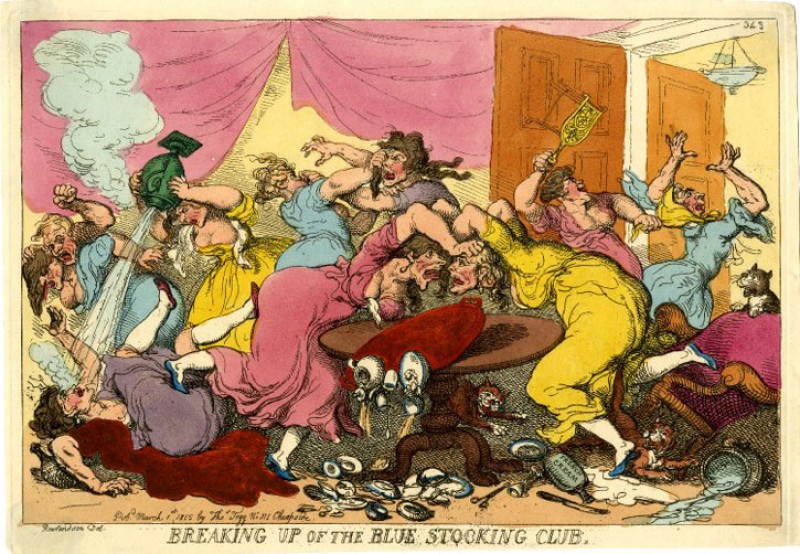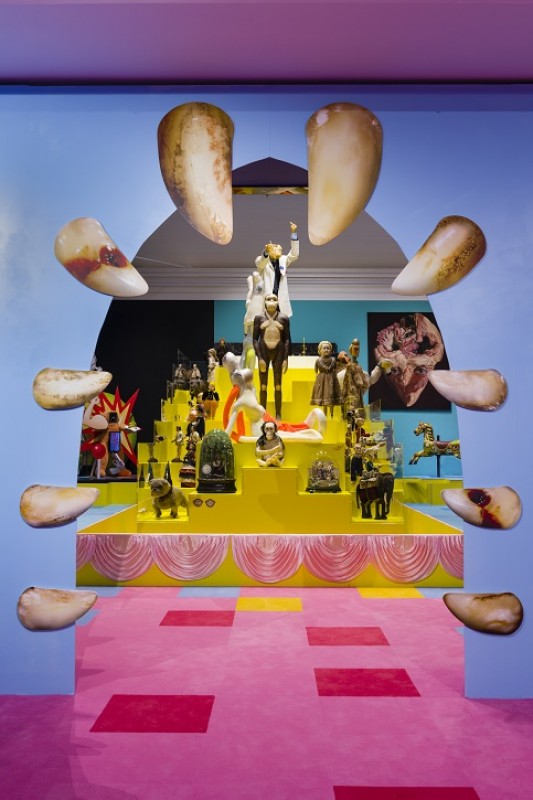

Stories
-

-
 Director's choice: Royal Academy of Arts
Director's choice: Royal Academy of ArtsCharles Saumarez Smith
-
 The quirky side of Johann Zoffany
The quirky side of Johann ZoffanyAndrew Shore
-
 Art Matters podcast: finding Britain's lost masterpieces
Art Matters podcast: finding Britain's lost masterpiecesFerren Gipson
-
 Who were the Bluestockings?
Who were the Bluestockings?Lydia Figes
-

-

-

-

-

-
 Director's choice: Birmingham Museums Trust
Director's choice: Birmingham Museums TrustEllen McAdam